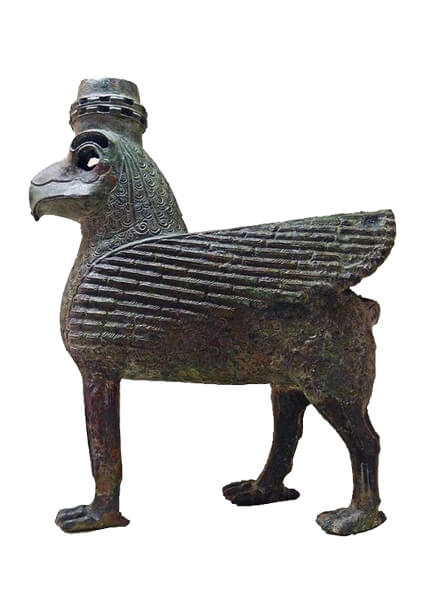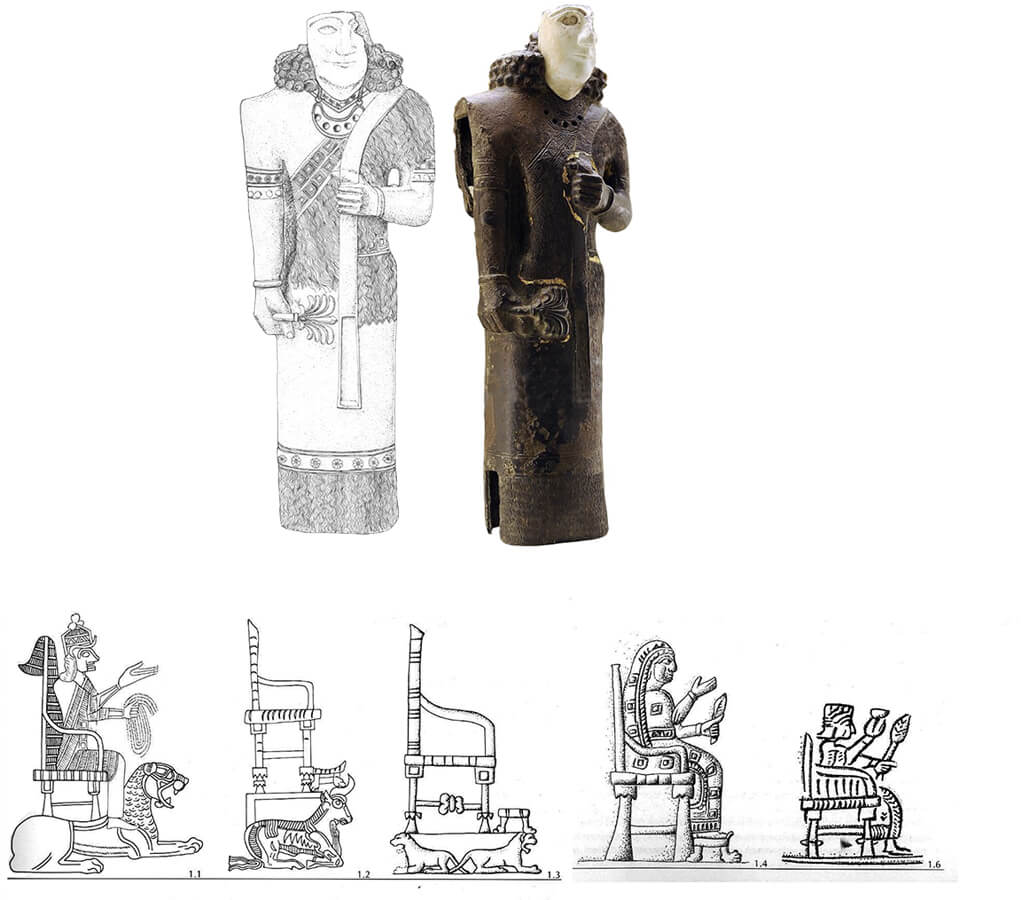Our knowledge about Urartian furniture is derived from the depictions of the Urartian bronze works of furniture metal parts that arose in archaeological excavations. Apart from the furniture components found in the excavations at Toprakkale, Karmir-Blur, Kayalıdere, Erzincan / Altıntepe, unfortunately most of them were unearthed by illegal excavations and entered the inventory of private museums and collections. Tripods with round tables, cross-footed coffee tables, stools and chairs and high-backed thrones and beds form the kinds of furniture we can define.
They can be monolithic and portable models in Urartian furniture. On portable models, connection points and especially feet are made of metal. The lion's paw and the double hoofed (bull) pillar legs are quite dense. The bronze pieces of the furniture were used both to increase the strength of the wooden parts at the point of joining and to create an ornamental element and visual effect.
The pieces of the Toprakkale throne as an important reference for Urartian furniture are now on display at the Hermitage Museum, the British Museum, the Vorderasiatisches Museum, the Louvre Museum and the Metropolitan Museum of Art. Although there are some opinions about the fact that these parts are not found in Toprakkale, a throne model has been formed by the reconstruction of these parts. What makes the high-backed throne different is that the winged gin, bull and human figures made of cast bronze were used as ornamentation in certain parts of the throne.
The lion-shaped extensions made of the ivory on the candlestick and exhibited in the Ankara Museum of Anatolian Civilizations, found in the graves of Erzincan-Altıntepe are unique examples. In Altintepe, there are also lions and grifon extensions made of ivory used as furniture parts.
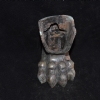
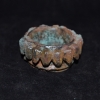
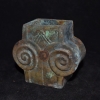
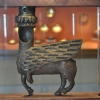
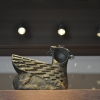
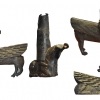
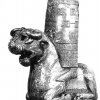
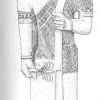
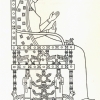
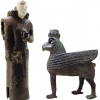
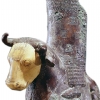
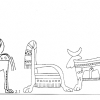
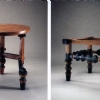
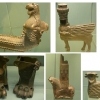
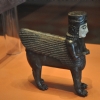
MOBİLYA AYAĞI
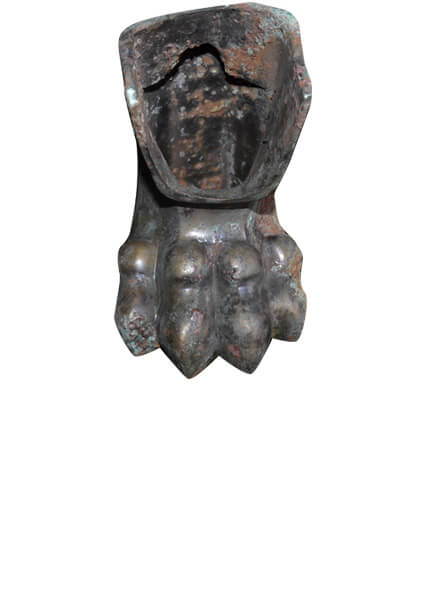
TOPRAKKALE TAHTI
